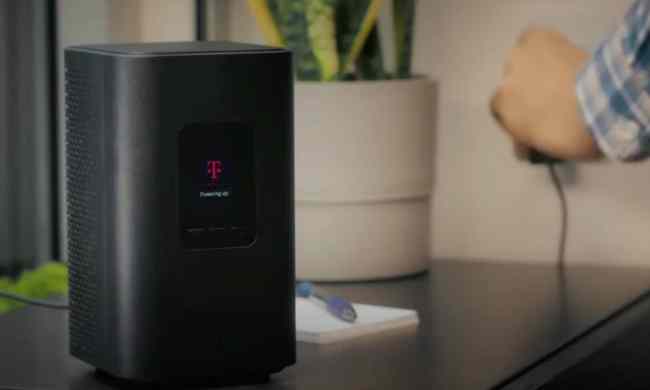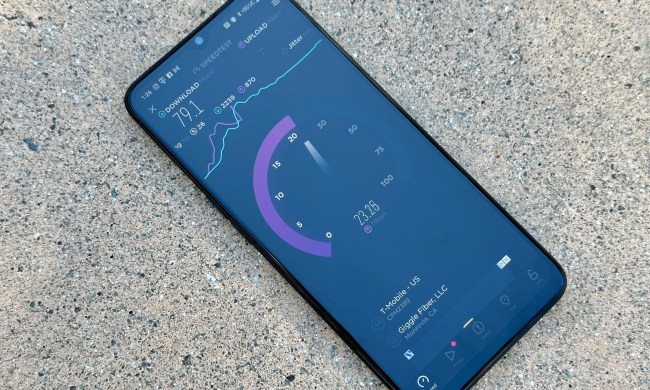Understanding the difference between Code Division Multiple Access (CDMA) and Global System for Mobiles (GSM) — two legacy radio telecommunications standards — is becoming less and less critical for consumers buying a new smartphone or switching carriers. That’s because these old standards are in the process of terminal decline. Both CDMA and GSM convert data from your smartphone into radio waves, and today they represent increasingly deprecated 2G and 3G systems based on competing technologies.
However, since these systems are still nominally in place, and around for the next year or so, it’s good to know what they are and the difference between them. International travelers should take special note of the differences to avoid getting stuck with a phone that does not work somewhere they have to be — which is somewhere that 4G LTE or 5G does not exist.
What is GSM?
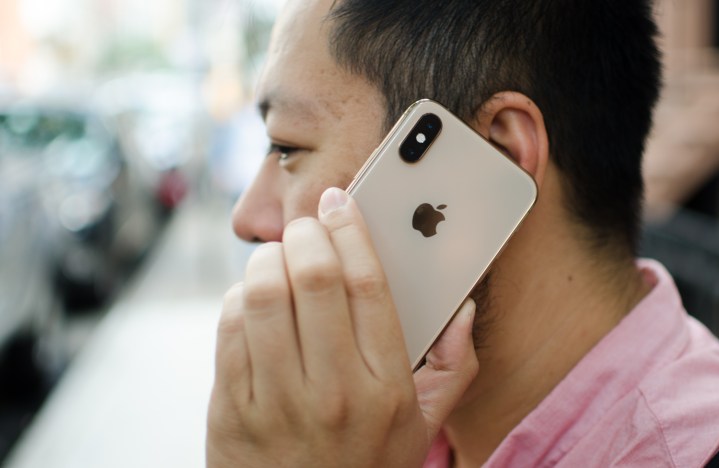
GSM is the standard system for 80% to 90% of the world, which uses GSM technology for wireless calls, with notable exceptions of the United States and Russia. GSM networks use Time Division Multiple Access (TDMA), which assigns time slots to multiple conversation streams, alternating them in sequence and switching between each conversation in very short intervals. During these intervals, phones can transmit information. For the network to know which users are connected to the network, each phone uses a subscriber identification module (SIM) card.
SIM cards are one of the key features of GSM networks. They house your service subscription, network identification, and address book information. The cards also assign time slots to the phone conversation and tell the network what services you can access. They can even be used to pass information between phones if a carrier allows it.
What is CDMA?
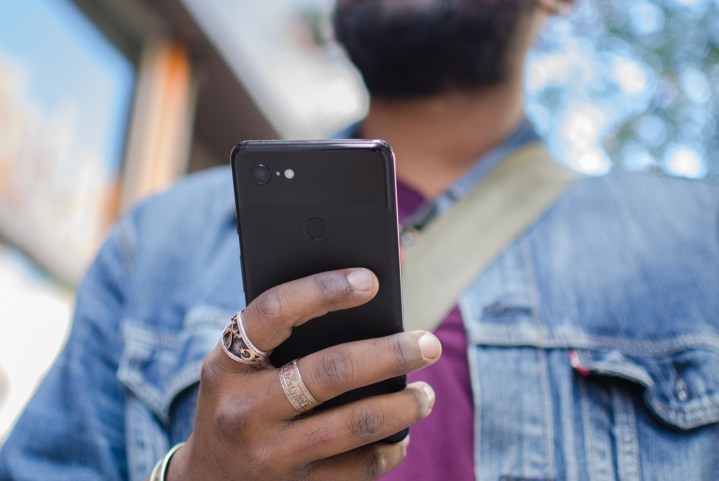
CDMA is often found in the U.S. and Russia, alongside GSM. This technology was originally developed by Allied forces during World War II, primarily as a method to prevent the Nazis from jamming radio signals. Unlike GSM, CDMA grants users full access to the entire spectrum of bands, thus allowing more users to connect at any given time. It also encodes each user’s individual conversation via a pseudo-randomized digital sequence to protect voice data and keep it private.
Phones on CDMA networks do not have to use SIM cards because each phone is built specifically to work on that carrier’s network. For consumers, this once meant that phones were tied to a carrier and their bands, so if you wanted to switch providers, you’d have to buy a new phone. That’s not always the case now, thanks to enhanced network technology and since CDMA carriers routinely use SIM cards to service 4G LTE networks. If your newer phone or device doesn’t have a physical SIM, then it most likely has an eSIM.
Which one is better?
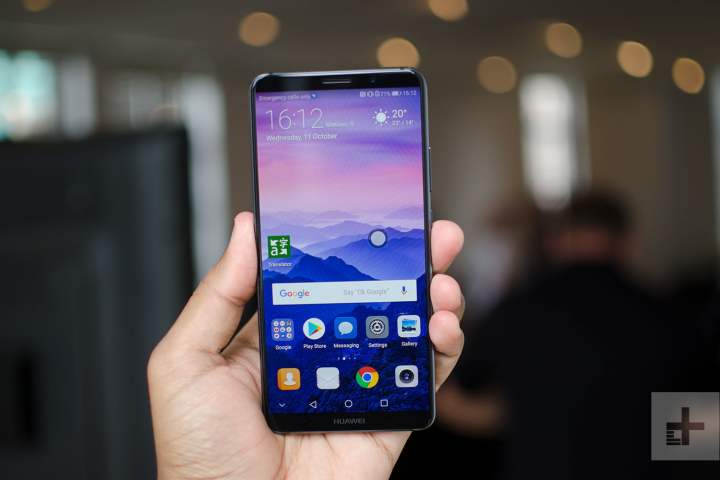
Both CDMA and GSM are the global standards for cell phone communication, and one is not inherently better than the other. CDMA phones without SIM slots are forever hitched to their carriers and cannot be transferred to other networks. A Verizon phone cannot be transferred to Sprint’s network or vice versa. Sometimes it’s not that straightforward, since some Verizon devices do use CDMA, and also have an unlocked SIM slot to accommodate other networks. You can often find ways to get your carrier to unlock your phone when you’re done with their contract.
In contrast, GSM phones are fairly easy to unlock and transfer between networks. Third-party manufacturers often sell phones designed for GSM networks since they don’t require access to specific carrier bands. GSM phones can even work in countries with compatible GSM networks and offer wider international roaming. GSM also covers rural areas more completely than CDMA in the U.S.
CDMA networks allow for a greater number of users, meaning their capacity is greater than that of GSM networks. Moreover, CDMA is the infrastructure on which all 3G networks are based — for both GSM and CDMA carriers. Meantime, LTE has become ubiquitous. LTE technology represents an evolved form of GSM and uses similar technology to GSM networks. The standard boasts enhanced voice quality and functions as the base of high-speed, 4G data networks. In this case, LTE does have the edge over the competition in terms of overall speed and quality. The next step to offer further improvements is 5G, which is rolling out now. As mobile network technology evolves, the CDMA versus GSM split becomes less relevant.
What do carriers use?
For U.S. cell phone customers, AT&T and T–Mobile are GSM carriers, while Verizon, Sprint, and US Cellular are CDMA, taking into account updates in carrier policies and plans to close off networks. The services, features, phones, and service quality a network offers aren’t solely dependent on its infrastructure, so it’s best to go with the carrier that suits your tastes, needs, and budget. If you’re buying a new phone, you’ll want to make sure that it’s going to work with your network, or choose a network and phone that suits your needs, geographical location, and travel lifestyle.
The sunset years
LTE (Long Term Evolution) is the worldwide 4G wireless standard for all U.S. carriers, and AT&T, T-Mobile, and Verizon started integrating voice calling over 4G in 2014. Today, all carriers support voice over 4G and are in the process of installing 5G, which is intended as a single global standard called 5G-NR. If you are still using a 2G or 3G phone, consider upgrading and replacing it with a 4G or 5G phone. That’s because major carriers are in the process of aggressively sunsetting these old standards in favor of 4G LTE and 5G.
Verizon has already shut down its CDMA network. Following T-Mobile’s recent merger with Sprint, the combined company will likely retire Sprint’s older network by the end of 2021. AT&T has already shut down its 2G GSM network and said it will also shut down 3G GSM in February 2022. T-Mobile plans to shut down its 3G GSM in April 2022 and will terminate 2G GSM in December 2022. T-Mobile plans to shut down the 3G CDMA network used by some Sprint and Boost customers on January 1, 2022. Verizon will shut down its 3G CDMA network on December 31, 2022.
Meantime, the remaining networks are being truncated to levels designed for devices like electric meters and vending machines, so any remaining 2G and 3G reception and call quality is likely to be poor in advance of formal turnoffs.
While 5G is quickly gaining ground and will likely dethrone 4G as the next high-speed data king, 5G hasn’t assumed the throne quite yet. While 5G may have higher speeds and low latency, it still has a significant number of obstacles to overcome before it can become the worldwide universal network standard. Ultimately, the goal to shoot for with 5G is universal compatibility, but many restrictions are working against that goal including software limitations and restrictive permissions that make this difficult to accomplish. At least for now, consumers can feel some relief as even lesser-known brands like ZTE or Nubia support LTE networks from major carriers.


